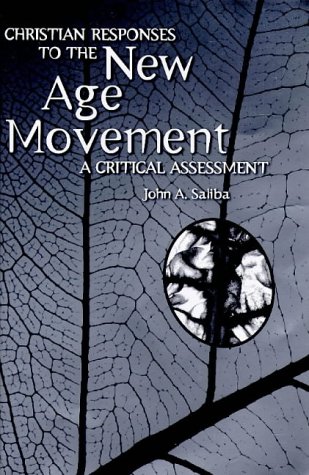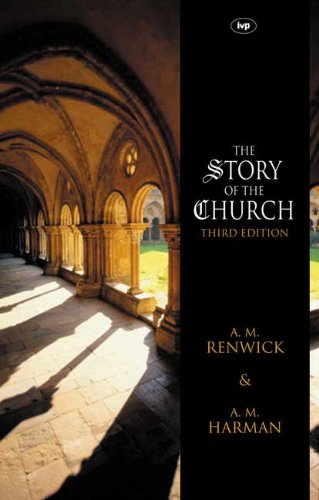Go and Do Likewise. Jesus and Ethics
Written by William C. Spohn Reviewed By Andy DraycottSpohn is a Roman Catholic seeking to find a middle path between treatments of Christian ethics that tend to the extremes of saying either that Jesus Christ has ‘everything’ or ‘not much’ to do with the subject (1). The author’s thesis is that ‘Jesus Christ is the concrete universal of Christian ethics’. Through faithful imagination his story becomes paradigmatic for moral perception, disposition and identity (2). These three facets of ‘moral psychology’ are informed by the story of Jesus ‘through the convergence of three sources: the New Testament, virtue ethics and spirituality’ (3). The evangelical reader may well find alarm bells start to ring at this point.
Despite the alarm bells, the student would benefit, although contrary to conventional wisdom, by not dashing immediately to the fire exit. In endeavouring to peer through the smoke of unfamiliar vocabulary and worrying turn of phrase the reader will engage in the crucial disciplinary task of discerning quite how the fire shapes up: is it a doctrinal inferno or a terminological smoking cigarette end? (For the casual reader certainly this reviewer would say: a fire’s a fire—get out or get burnt. Spohn’s attitude to Scripture is not all Scripture would say it should be and therein lies the fundamental difficulty, e.g. 154).
But for the student the task of engaging in reflective Christian ethics requires a discipline of ethical reading and perceptive criticism of work from outside the comfort zone. The disposition to read generously need not obliterate a critical appreciation.
Following a lucid introduction mapping the path ahead, Spohn examines the sources in Part I, with chapters on ‘Ethics and the Word of God’ and ‘Virtues, Practices and Discipleship’. An appropriation of Alasdair MacIntyre in his view from the outset in the nuanced discussion of ‘spirituality’. The most rewarding chapter of the work is number three on the ‘Analogical Imagination’, with much to counsel less thoughtful wearers of What Would Jesus Do bracelets, itself giving rise to the title of the book and the question of what is that ‘likewise’?
Part II looks at Christian ‘Transformation’. Chapters 4 and 5 dealing with Moral Perception are the most helpfully thought provoking treatments, followed by discussion of ‘Emotions and Dispositions’, ‘Dispositions and Discernment’, and ‘Identity and the Lord’s Supper’.
In his conclusion Spohn states ‘this argument has not been about justification and initial conversion but about sanctification’ (186) and his emphasis on the need for conversion and the orientation of the ethical question to that of identity and discipleship is helpful throughout. Nevertheless those questions must bear on the shape of a Christian ethic and the attempt to unhinge them here, although well meant, must be misleading.
Despite scattered yet clear and welcome disavowals (e.g., 142 ff., 174) the balance of the project and its concentration on the insights of narrative theology tend towards a Jesuology; a divorce of gospels (especially synoptic) from the rest of the New Testament and certainly a divorce between testaments, even bearing in mind the focus of the project on Jesus and Ethics. The danger in the premise of privileging spiritual practices as a source for Christian ethics is a logical, rather than just pragmatic, prioritising of experience over Scripture, and the classically modern reliance on epistemology over ontology (e.g. separating sanctification from justification) in ethics. This latter is also seen in the ambivalent discussion of sin namely moral blindness or near-sightedness (100 ff.).
Go and Do Likewise, with its tackling of Jesus’ parables, exemplifies a right emphasis on mining the whole gospels rather than just the proof-text teachings as the indicative upon which to base the ethical imperative. It is a useful and learned example of a conservative Catholic appropriation of contemporary trends in the discipline.
Andy Draycott
Andy Draycott
Biola University
La Mirada, California, USA







